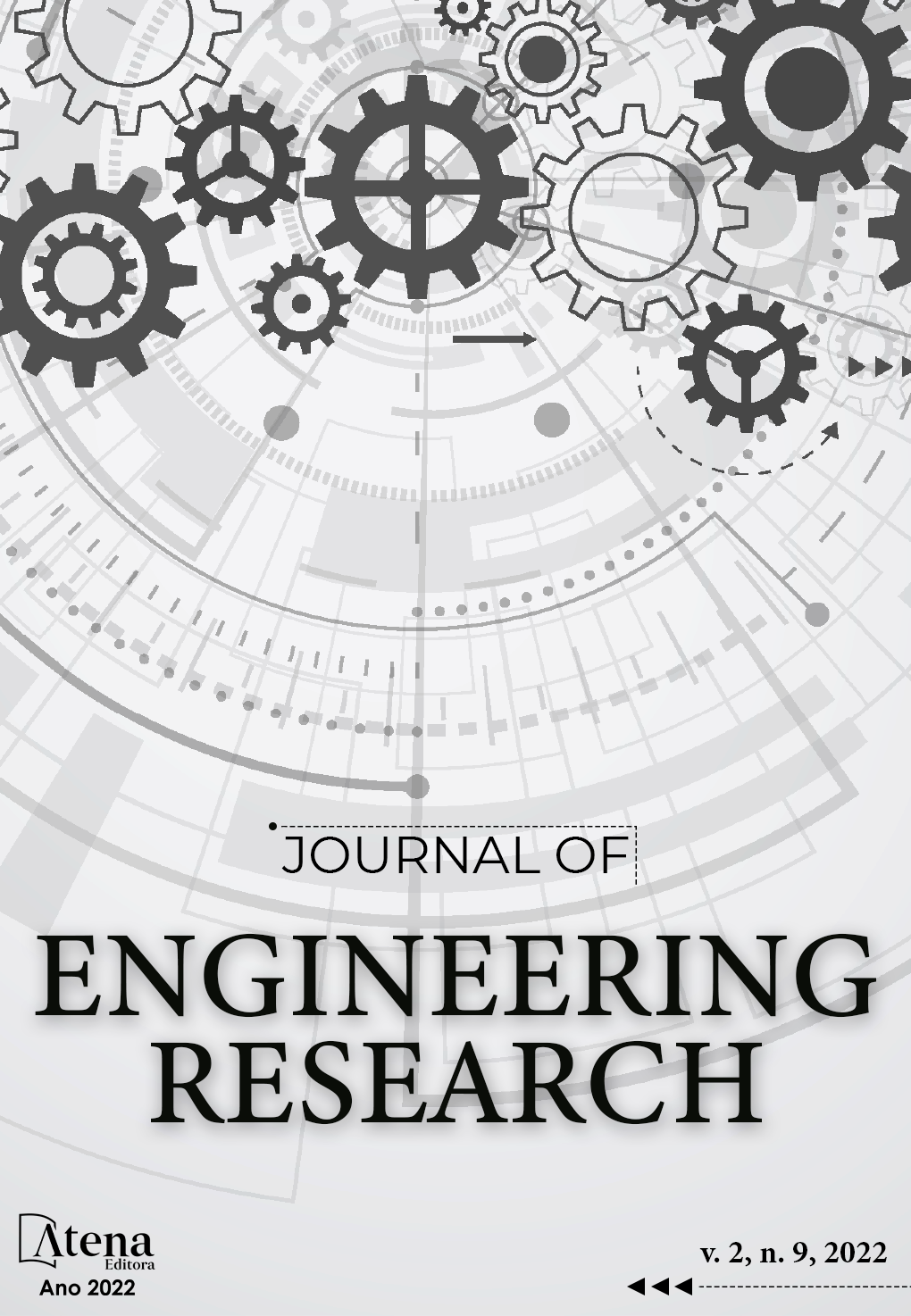
IMPACT OF EMBIOFERT TREATMENT IN SWINE MANURE TREATMENT PONDS
The swine manure has a high organic load, pathogenic microorganisms, copper, zinc, aluminum, nitrogen, potassium which, when sent without previous treatment, trigger numerous problems, such as contamination in groundwater, river pollution, eutrophication. Several methods are described in the literature that aim to minimize the environmental impact caused by the direct disposal of waste in the soil, among them we can highlight the use of enzymes in aerobic treatment ponds that aim to use as biofertilizer. In this work, the reduction of chemical and biochemical oxygen demand was 93.42% and 97.12% in 103 days. Organic matter reached a reduction of 58.71% and 83.20%, sedimentable solids 90.24% and 99.63%, fecal coliforms 98.91% and 99.10%, aluminum was 91.65% and 96.68%, copper 79.50% and 96.69%, zinc 82.44% and 94.56%, phosphorus 87.20% and 93.60%, total nitrogen 30% and 62.5% in 46 and 103. Therefore, this treatment can be used in rural properties that aim to use swine manure as a biofertilizer.
IMPACT OF EMBIOFERT TREATMENT IN SWINE MANURE TREATMENT PONDS
-
DOI: 10.22533/at.ed.317292207061
-
Palavras-chave: Swine manure, enzymes, aerobic treatment, swine farming
-
Keywords: Swine manure, enzymes, aerobic treatment, swine farming
-
Abstract:
The swine manure has a high organic load, pathogenic microorganisms, copper, zinc, aluminum, nitrogen, potassium which, when sent without previous treatment, trigger numerous problems, such as contamination in groundwater, river pollution, eutrophication. Several methods are described in the literature that aim to minimize the environmental impact caused by the direct disposal of waste in the soil, among them we can highlight the use of enzymes in aerobic treatment ponds that aim to use as biofertilizer. In this work, the reduction of chemical and biochemical oxygen demand was 93.42% and 97.12% in 103 days. Organic matter reached a reduction of 58.71% and 83.20%, sedimentable solids 90.24% and 99.63%, fecal coliforms 98.91% and 99.10%, aluminum was 91.65% and 96.68%, copper 79.50% and 96.69%, zinc 82.44% and 94.56%, phosphorus 87.20% and 93.60%, total nitrogen 30% and 62.5% in 46 and 103. Therefore, this treatment can be used in rural properties that aim to use swine manure as a biofertilizer.
-
Número de páginas: 15
- Patricia Schumacher Teixeira
- Tatiane Francini Knaul


